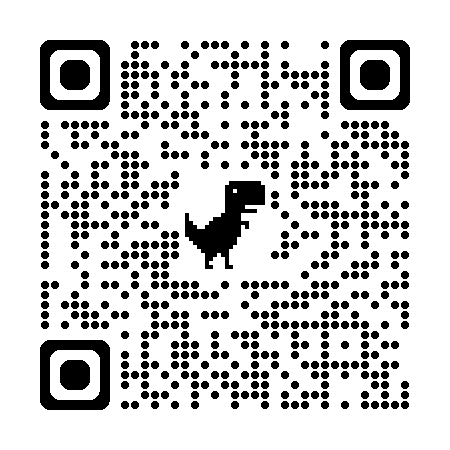Stylistic Techniques in Russian and Chinese Medical and Cosmetic Youth Advertising Texts
Keywords:
language, medicine, cosmetics, advertising, Russian, Chinese, technique of expressiveness.Abstract
Background: An endless stream of messages aimed at disseminating information about the sale of certain products attracts the attention of philologists who study the features of media works and the language of advertising, distinguished by various linguistic units, techniques, methods, tactics, etc. Currently, there are dozens of different aspects of mass media research communications.
Objective: The study compared commercial texts in Russian and Chinese on medical and cosmetic topics.
Methodology: The material was Russian and Chinese medical and cosmetic advertising video texts selected by continuous sampling within the YouTube video hosting (2010-2020). A total of 201 advertising texts were selected in Russian (101 medical, 100 cosmetic) and 207 in Chinese (103 medical, 104 cosmetic). Particular attention was paid to the analysis of stylistic and expressive means. These, namely lexical, morphological, and syntactic devices, act as tools to influence the mind of a potential buyer.
Result: A thorough analysis has established that Russian and Chinese cosmetic commercial products are dominated by tropes that put "beauty products" in the most attractive light to increase their sales and make more profit. In medical advertisements in both languages, lexical means predominate due to the specific orientation of the text; the frequency of the use of terminological units related to the field of medicine is recorded. The presence of unique medical vocabulary, terms, and professionalism in advertising medical goods and services helps to create trust and reliability among the audience for the sold object. Russian advertising is dominated by rhyme—a way to quickly memorise information about the proposed product or service.
Conclusion: The study reveals that stylistic and lexical manipulative devices are frequently used in Russian and Chinese medical and cosmetic advertising. Russian ads favour rhyme and memorisation techniques, while Chinese advertisements employ similar manipulative strategies.
Unique Contribution: This paper offers a comparative analysis of Russian and Chinese medical and cosmetic advertising, a relatively under-researched area, particularly by focusing on the manipulative stylistic and lexical techniques used. It sheds light on using expressive language devices and how they impact consumer trust and product perception.
Key Recommendation: Given the influence of linguistic and stylistic techniques in shaping consumer behaviour, advertisers and marketers should consider incorporating culturally sensitive and ethical approaches when crafting medical and cosmetic advertisements. Additionally, further research could focus on the long-term effects of these manipulative advertising strategies on consumer trust and purchasing behaviour, especially in the context of health-related products.
Downloads
Published
How to Cite
Issue
Section
License
Copyright (c) 2025 Liliya R. Sakaeva, Dawulan Maierhali, Yakhin M. Ajdarovich, Muryasov Rahim Zakievich, 5Bazarova Liliya Vyazirovna, Ivanova Tatiana Konstantinovna, Konovalova Zhanna Georgievna, Shkilev Roman Evgenevich, Kenzhetayeva Gulzira Kabayevna

This work is licensed under a Creative Commons Attribution-NonCommercial-ShareAlike 4.0 International License.



